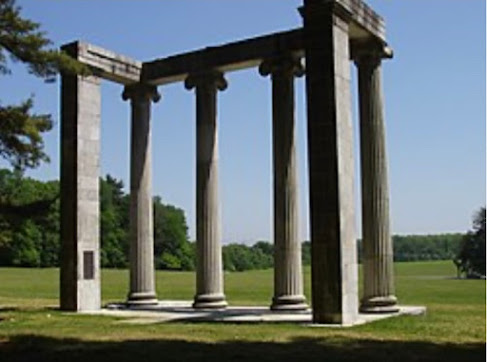The tree came to be known as the Mercer Oak, a significant symbol and focal point for local residents, New Jerseyans and students of history. The orchard where the battle occurred is now known as the Princeton Battlefield.
The Mercer Oak conspicuously stood alone in the battlefield for almost 300 years until a storm damaged it beyond repair in 2000. Prior to that, it was immortalized in a 1994 romantic comedy, I.Q. That film centered around famed physicist Albert Einstein with key scenes that featured Meg Ryan and Tim Robbins sitting in front of the mighty oak, surrounded by a protective wooden fence.
Some years earlier, I shot my own footage of the tree, farmhouse and battlefield for a short video I created which compiled Revolutionary War sites and monuments throughout New Jersey and Pennsylvania. My video predated the anachronistic fence and, as such, remains the only existing film or video footage of the Mercer Oak in that natural state, according to John Mills, the curator of the battlefield park and Thomas Clarke Museum, which apparently keeps a copy of my video in its research library.
The Thomas Clarke House, off Princeton Pike (Mercer Road), is currently closed due to Covid rules but the park is open daily from dawn to dusk and there are outdoor weekend tours at 11am and 2pm on Saturdays and 2pm on Sundays; weather permitting.
When in Princeton, stop by and see for yourself where and how these events took place at that crucial moment in America’s history. Of course, the tree may be gone but that which it represents lives on in history as well as our minds and our memories.
Contact Chris: |  Christopher Robinson |





